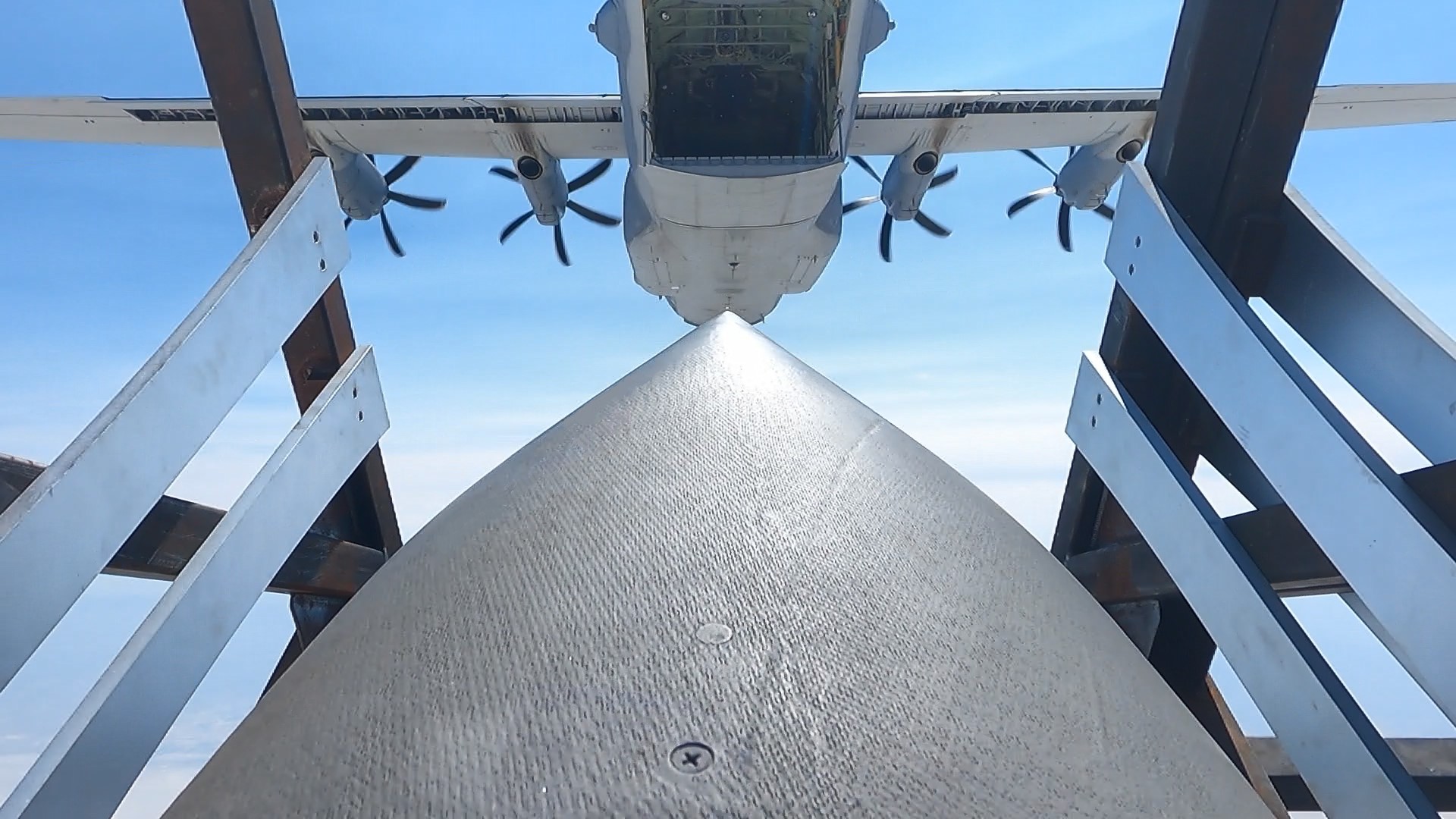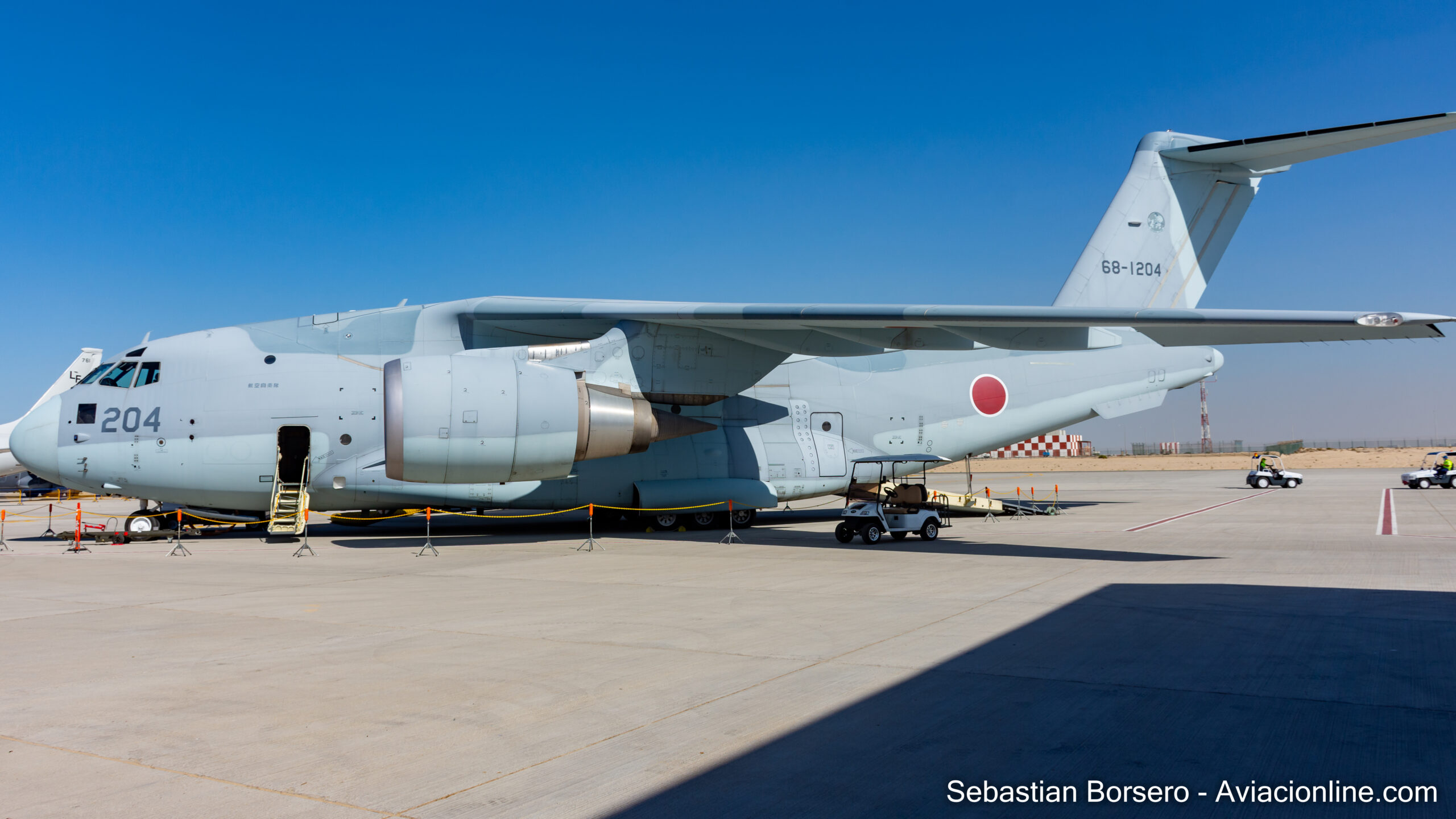Japan considers converting its Kawasaki C-2 transport aircraft into «missile launching bombers»
Japan’s Ministry of Defense is studying the feasibility of mounting long-range air-to-ground/surface missiles on its Kawasaki C-2 transport aircraft.
As reported by The Japan Times, the hypothetical Kawasaki C-2 «bombers» could be used in long-range enemy base attack operations and as missile launch platforms in counter-attack operations.
According to sources consulted, the Japanese Defense Ministry is considering using a method similar to that successfully tested by the U.S. in its Rapid Dragon development program. In essence, this involves launching the long-range cruise missiles using standard airdrop procedures from a cargo aircraft. The USAF conducted several tests of this technology, using C-17 Globemaster II and MC-130J Commando II cargo aircraft.

Tokyo would have set aside about 3.6 billion yen from the fiscal 2023 budget for expenses related to initial technical research for this capability. Full-scale development is expected to begin during fiscal 2024.
The Japanese Ministry of Defense has no plans to develop or procure new missiles for the C-2 aircraft. The missiles that could be adopted are the U.S.-made JASSM-ER, or Joint Air-to-Surface Standoff Missile Extended Range ( the very ones used in the Rapid Dragon program), with a range of more than 900 kilometers, which in turn will be incorporated into the arsenal of modernized F-15J fighters. Another likely candidate is the future air-launched missile that Japan is developing from the extended range (1,000 km) version of the Type 12, a ground-launched anti-ship missile.

A C-2 transport aircraft can fly about 7,600 kilometers with 20 tons of cargo (maximum 37t). This capability would allow it to carry more missiles and stay in the air longer than any fighter, giving the Japan Air Self-Defense Force (JASDF) a sort of improvised bomber fleet, with which it could carry out saturation attacks on distant targets.

/https://aviacionlinecdn.eleco.com.ar/media/2021/11/Kawasaki-C-2-1-de-1-3-scaled.jpg)
Para comentar, debés estar registradoPor favor, iniciá sesión